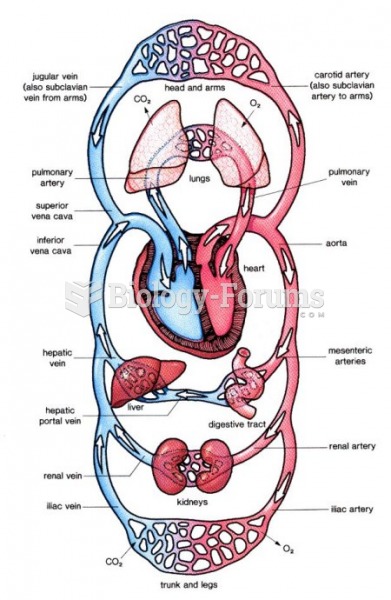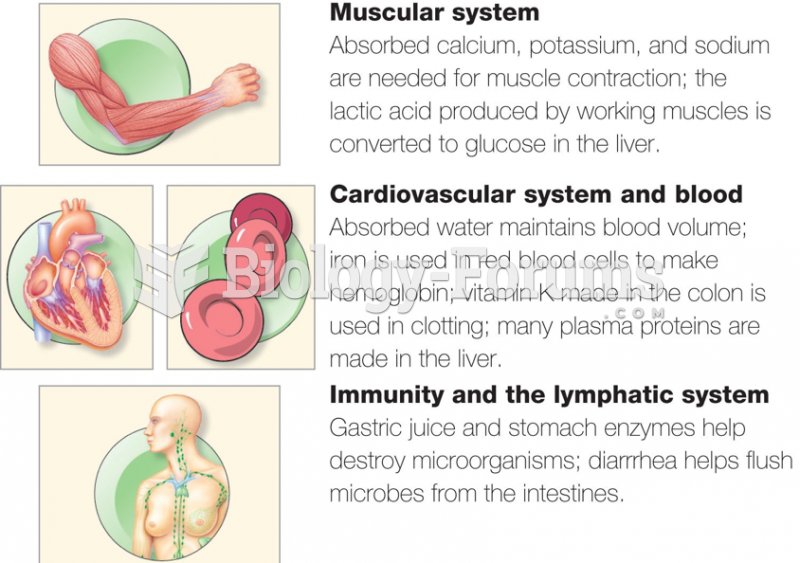Answer to Question 1
A
Feedback
A Correct. Because of a history that includes slavery, social injustice, and abuse of African American men in medical research, African Americans are more likely to distrust the health care system in the United States.
B Incorrect. Chinese are less likely to distrust the health care system of the United States than African Americans because of a lack of a history of major health-related injustices.
C Incorrect. Mexican Americans are less likely to distrust the health care system of the U.S. because of the many benefits they receive in the United States that are unavailable in Mexico.
D Incorrect. Lebanese Americans are less likely to distrust the health care system of the United States because of a lack of a history of health-related injustices against their culture in the United States.
Answer to Question 2
D
In osteopenia, bone metabolism is unbalanced because the action of osteoclasts is greater than the action of osteoblasts. To treat osteopenia effectively, the balance between the activities of the bone cells must be shifted to more osteoblast (bone-building) activity; increasing osteoblast ac-tivity helps reduce bone loss and, at the same time, helps gain bone density. Lifting weights sti-mulates osteoblasts to build bone through the application of opposing forces on the bone and helps achieve the woman's goal by increasing physical activity (to stem bone loss) and by gene-rating more bone (to gain bone density). Sodium impairs calcium absorption; therefore the nurse instructs her to limit sodium intake to reduce bone loss. Alcohol impairs calcium absorption; therefore the nurse instructs her to avoid alcoholic beverages. Fiber inhibits calcium absorption.







